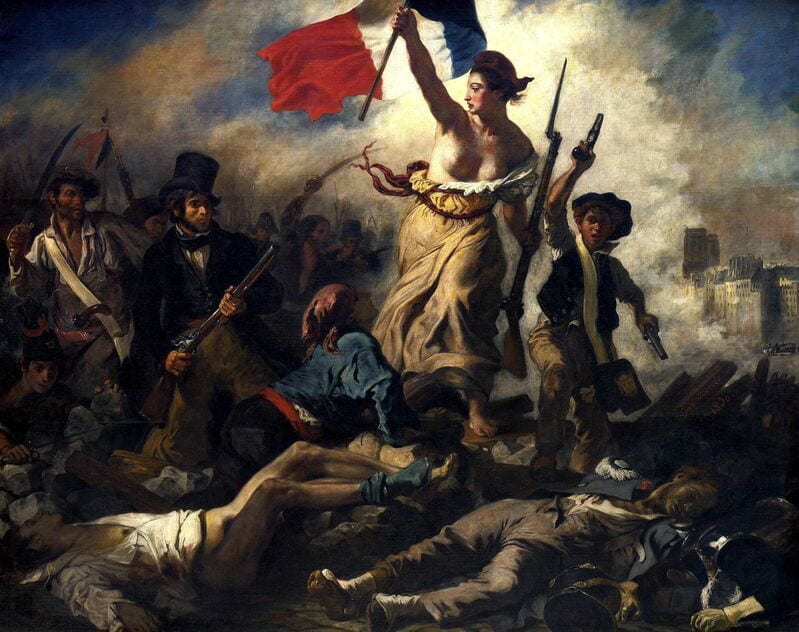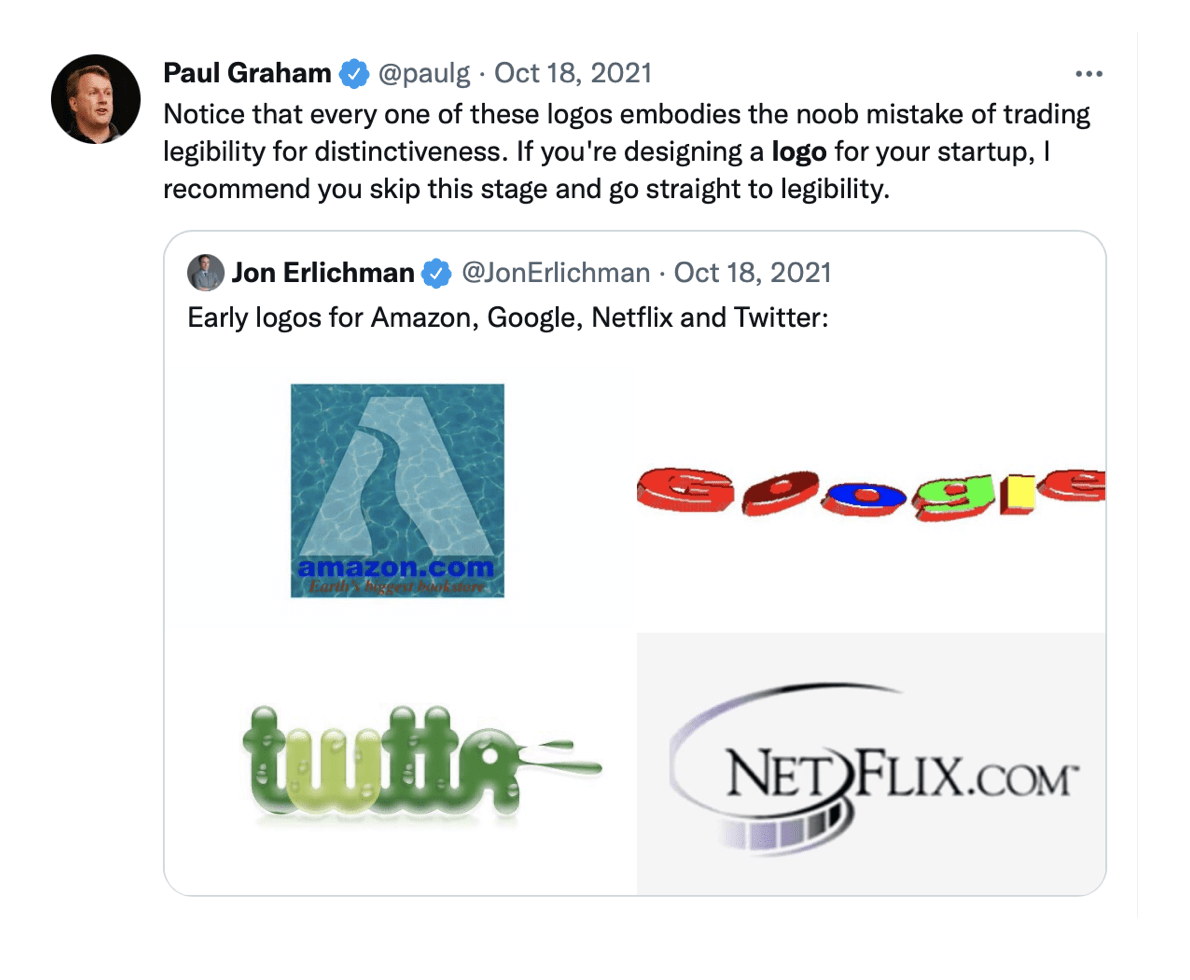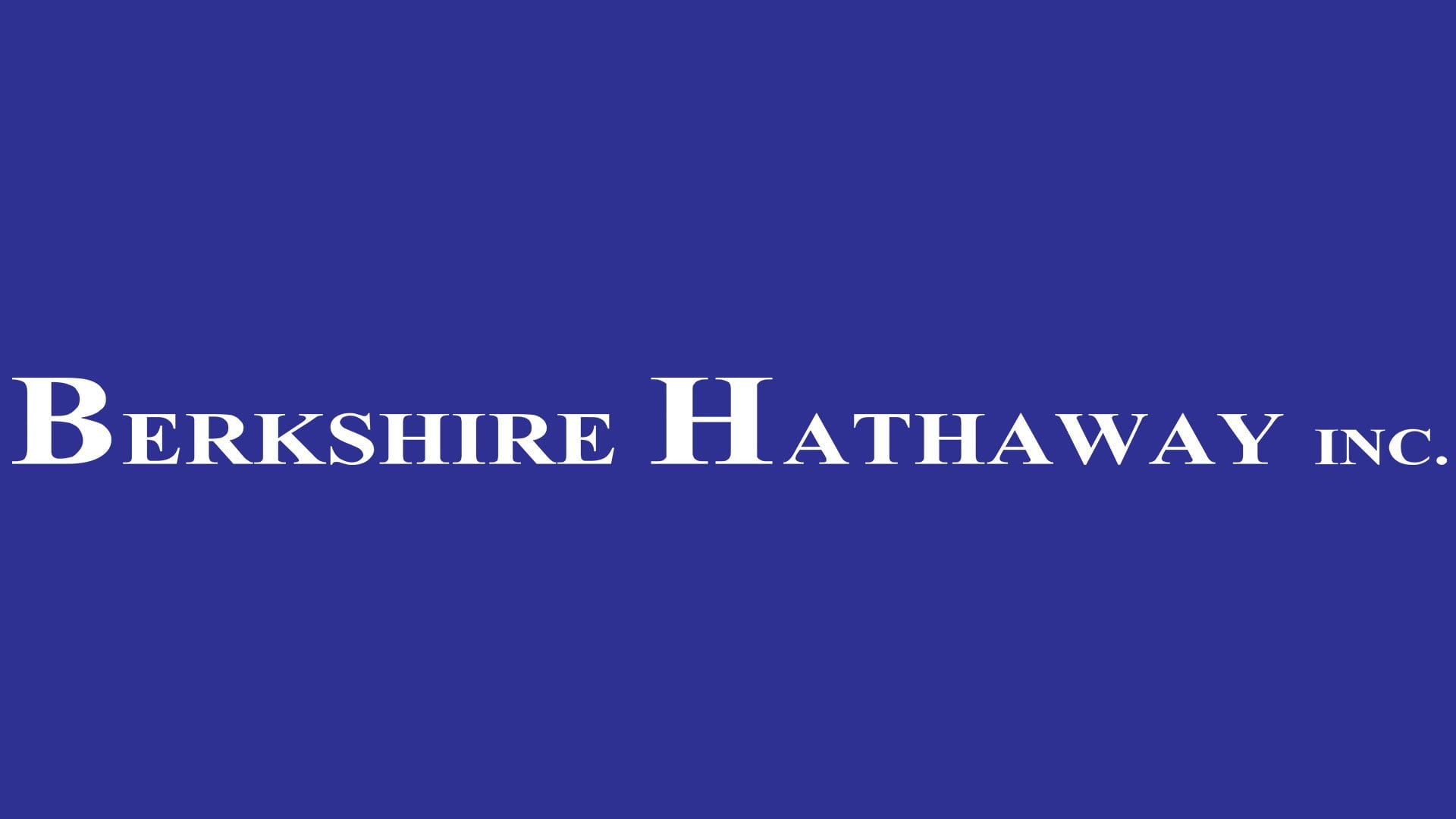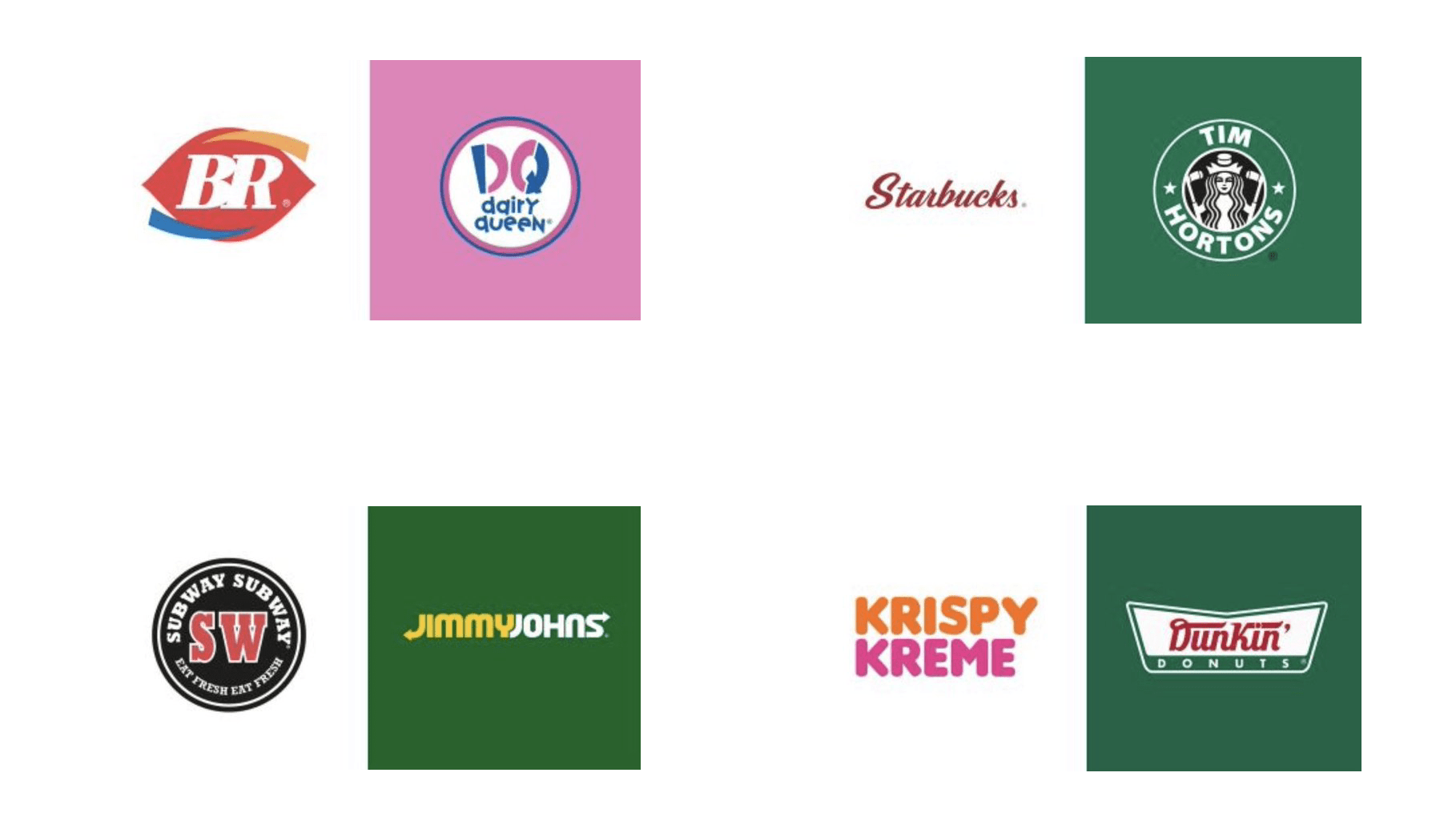Our understanding of the world is built on abstractions. Complex systems are understood and stored in our minds as abstractions. It is impossible to understand anything in its entirety. Learning is really the continual act of unmasking abstractions to see what lays underneath — there is no end to it. When we remember something, we are just recalling the abstractions of this ~something we have stored in our heads.
For the average person, the understanding of a computer, for example, is really limited to what we interact with and have abstracted away. I study computer science and have no clue what happens down at the hardware transistor level. People’s identities are similarly configured in our brains in the form of some abstractions — be it words, their face, actions, scent etc. When I say the word Mariët, something about the vice chancellor will come to your mind, some abstraction of our vice chancellor that you have stored in your head. I say all of this to explain my response to a question that was posed in our Yes Logo class a while ago.
Why are we taking this class? Why learn about logos? Why attempt to master branding?
What we are really learning is the art of building great abstractions. The hardware layer of a computer has been abstracted away for me by smarter people that converted it into code I can understand. [In fact, I don’t actually understand this first level ‘binary’ code and rather understand, again, an abstraction on top of that in some programming language.] The phrase ‘a picture tells a thousand words’ is a cliche by now but it speaks to the same notion. By branding, we’re narrowing down a company/product to an abstraction that is easy to grasp.
When we discuss branding, our audience by default is some end user, perhaps a customer, whom we are trying to communicate an abstraction to. But we’re leaving out one common and often overlooked target audience. The people behind the company/product/service/movement brand itself! A brand is one layer above the cause that brought people together. Given that it’s a higher level abstraction, a brand’s ability to communicate the cause is as strong. A great brand is perhaps one of the greatest community building tools we have at our disposal.
Flags. What is a flag but a waving logo? We talk of branding and its utility in representing ourselves outwards. A flag is possibly the best manifestation of how that same energy stands if redirected inwards.
La Liberté guidant le peuple (English: Liberty Leading the People) is a painting by Eugène Delacroix commemorating the July Revolution of 1830, which toppled King Charles X of France. You’ve probably seen this painting a lot. A woman leads a group of people forward over a barricade and the bodies of the fallen, holding the flag of the French Revolution – the tricolour, which later became France’s national flag. [1] What is the most prominent thing in this picture? I couldn’t remember the name of this painting when writing this and I had to Google *Revolution Flag Painting*, that’s all it took. The flag is powerful, symbolic. You feel the force of the revolution through the woman pushing forward with the flag. The flag represents belonging, pride.

La Liberté guidant le peuple (Liberty Leading the People), 1830 | Oil on canvas | artsy.net
What’s great about flags in particular is that if we try to judge them with the typical metrics of a great logo (i.e. how well they represent a brand to outsiders) they likely fall short. Viewed from within the country they are trying to represent however, they are perhaps the best logo mankind has yet produced.
FAQ: Why flags and not any other branding medium?
-
-
- Yes exactly, that’s the point. Build a metal torch with fake fire and have it lit the whole year round on both sides of the entrance. A brand typically expresses itself through its logo, typeface, color scheme etc. Interesting forms of expression come out when we pay attention to how we can use it *inward*.
-
Goes without saying that so much of *inward* expression is also *outward* expression: a flag waving denotes territory to the outsider as much as it signifies home to the insider.
P.S. Please don’t make me write an essay on why the NYUAD flag should not be accompanied by any country’s flags.


